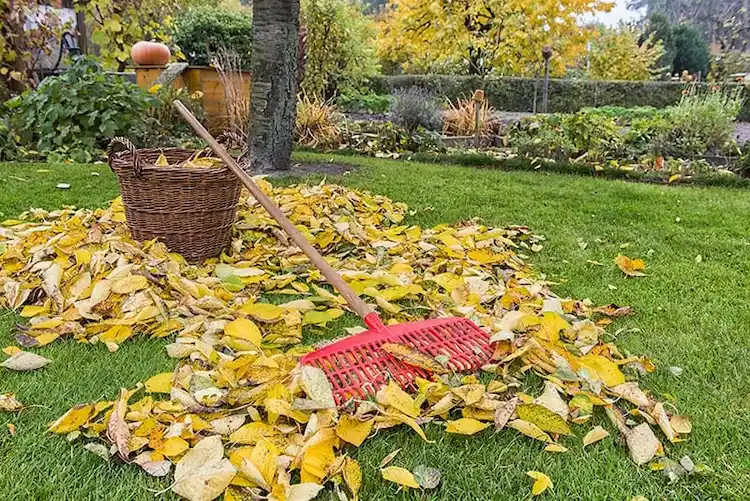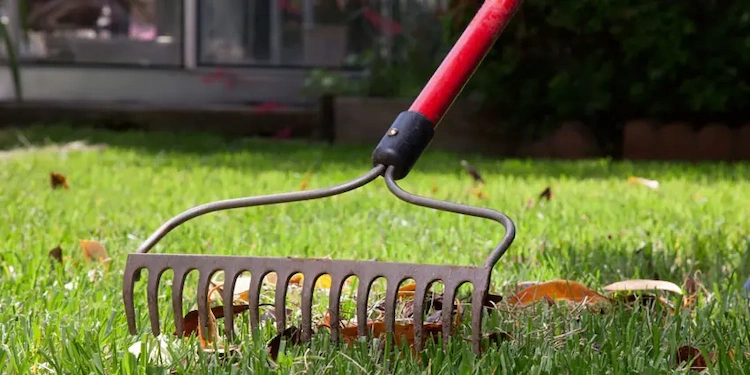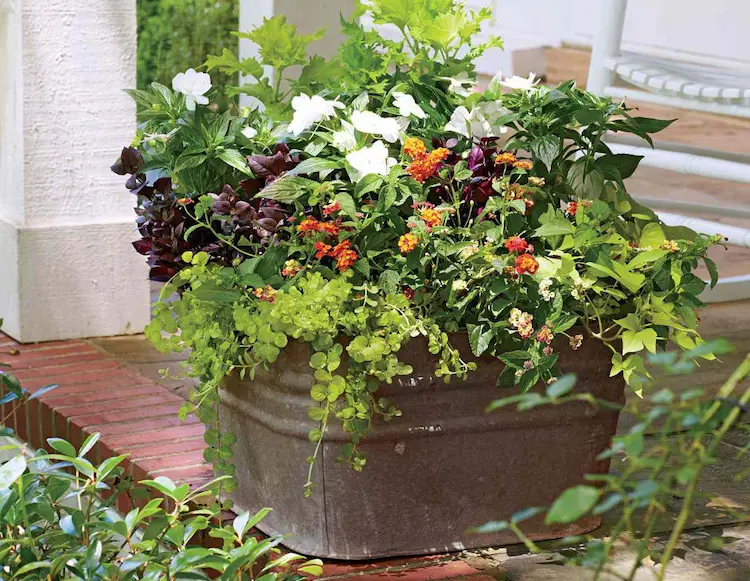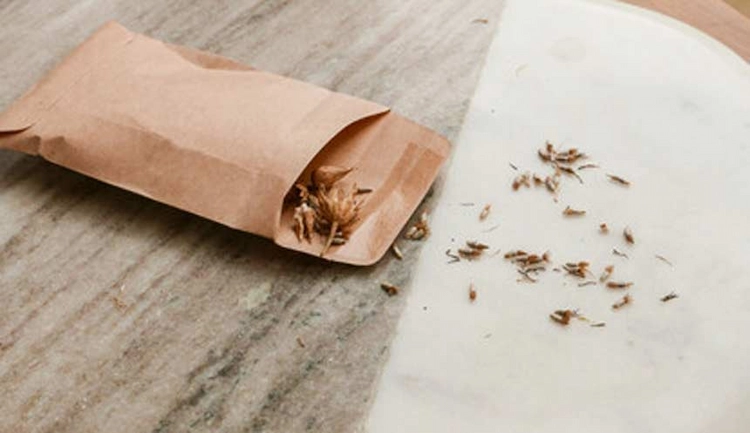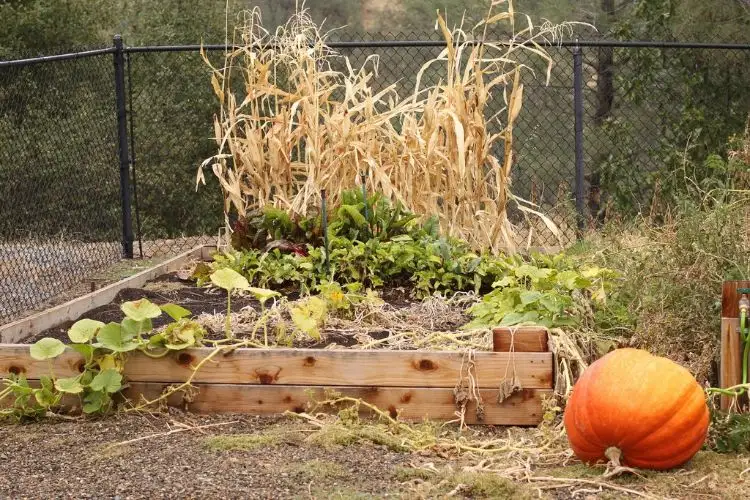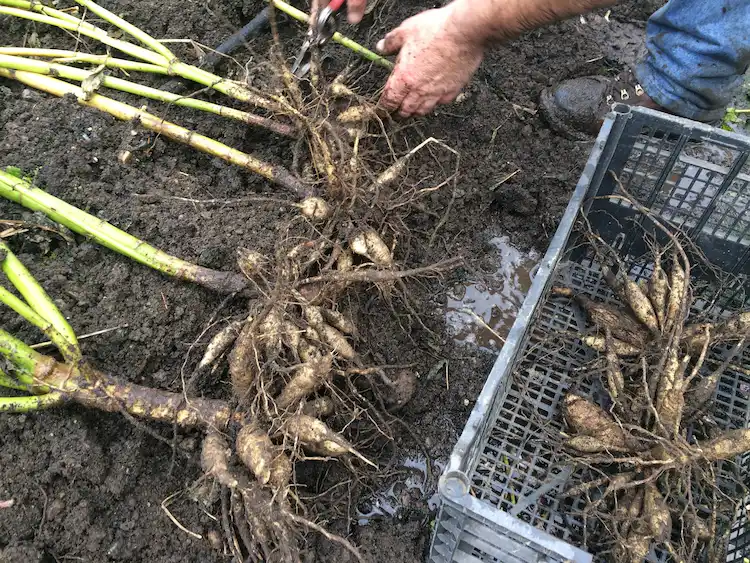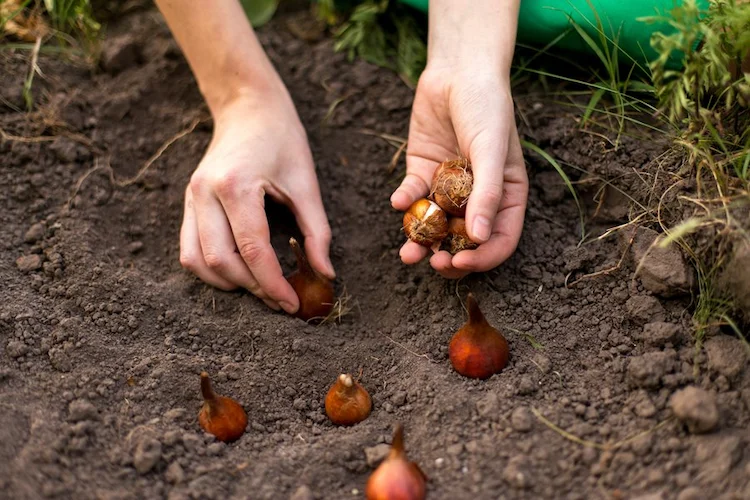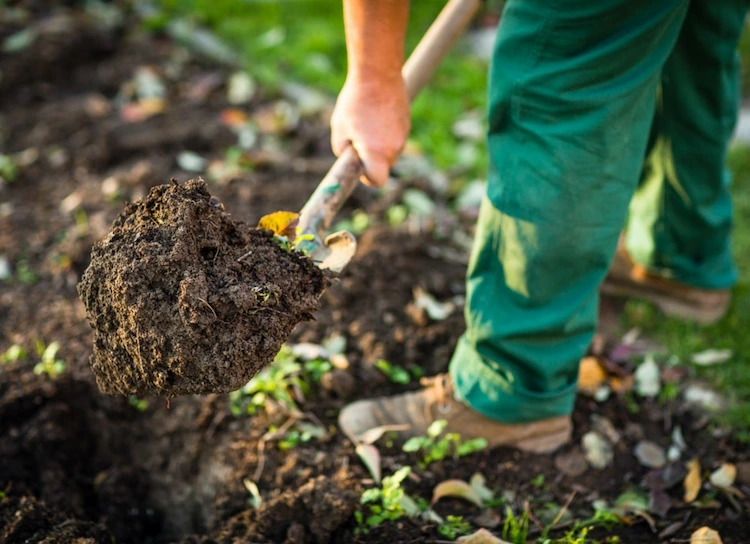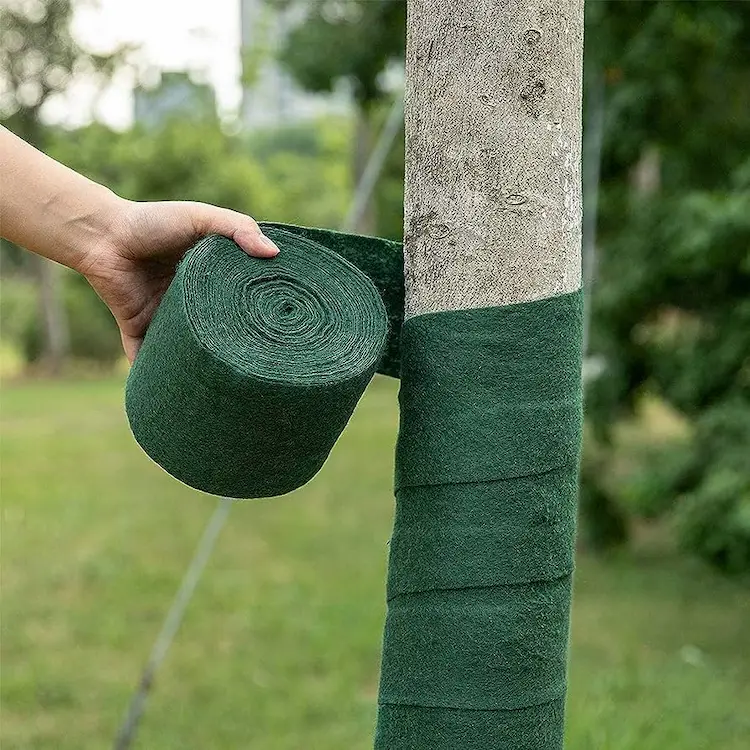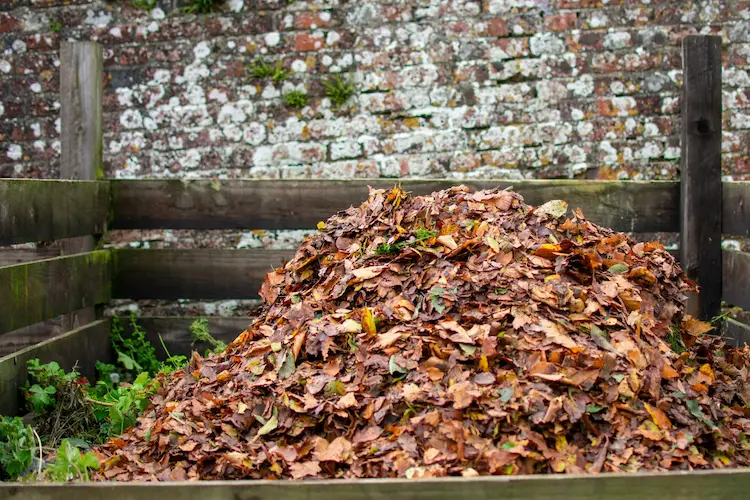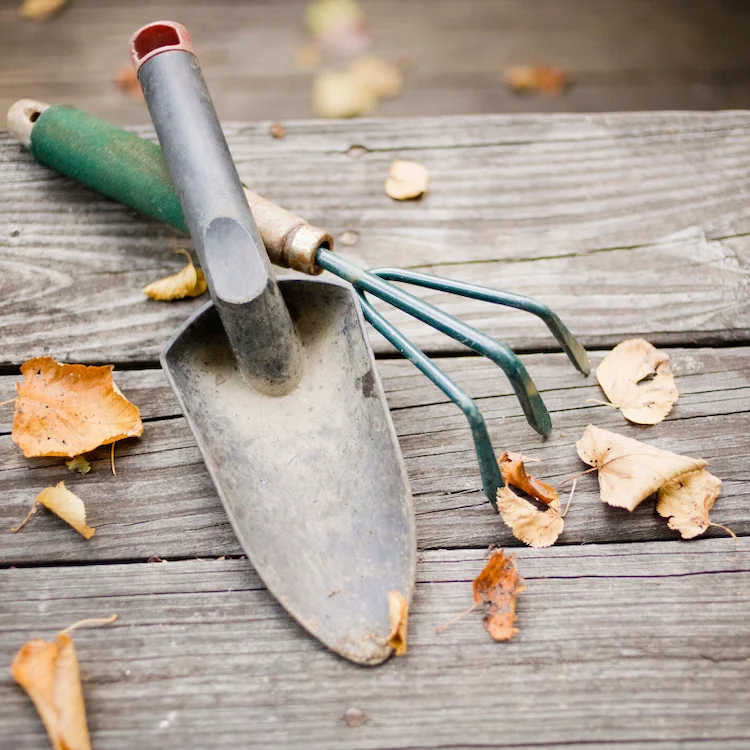Wondering how to prepare your garden for winter? Complete these 10 gardening tasks before the first frost to keep your plot in top shape this year and next.
Like most gardeners, you probably spent a lot of time preparing your garden in the spring. Then you have harvested the many fruits and admired the beautiful flowers in the summer and now, it’s time for fall gardening to prepare the plot for winter. These 10 tasks will help you get the most out of your garden and ensure a bountiful next season.
Fall Gardening: 10 Tasks You Should Do Now
As summer says goodbye, fall brings a variety of rusty colors, falling leaves and crisp temperatures. If you’re one of the lucky ones who has a garden of your own, you know that fall gardening is far from over. The new season offers a great opportunity to prepare our gardens for the colder, rainier months. It is really important to complete these 10 tasks in the fall to make our work easier in the spring and to have a better overview of our garden’s condition.
Prepare the Lawn for Winter
As the weather gets cooler, the lawn should be tidied up and new growth encouraged. Although you shouldn’t mow it as often as in the summer, you should continue to do so until the grass stops growing. This not only makes it look nicer, but also makes raking easier.
First, remove weeds, moss, dead grass and leaves to have a lush and green lawn in spring and summer. Collect fallen fruit to prevent pests from overwintering in the waste and attacking the plants next year.
The cool temperatures and existing moisture provide the perfect conditions to reseed the bare spots in the lawn. Simply loosen the soil, sprinkle the grass seeds, and cover the area lightly with straw or other mulch. Water the seed regularly until the grass is established.
Aerate your lawn to prevent soil compaction and to allow water and nutrients to distribute deeper into the soil. Fertilize the lawn afterwards to strengthen the topsoil for the winter.
Also read: How to Prepare Fruit Trees for Winter? How to Protect Them?
Bring Potted Plants into the House
Most potted plants cannot survive winter outdoors. First, make sure they are free of pests and diseases before bringing them indoors so you don’t endanger your houseplants.
Make sure you have a location indoors where they will get enough light. Potted plants that go dormant in the winter can be placed in the garage or basement.
Also remember to cover sensitive plants in the garden to protect them from winter weather and prevent frost damage.
Collect Seeds
Instead of buying seeds in the spring, you can collect your own in the fall. Harvest vegetable and flower seeds and save them for use next year. Place them in paper envelopes and label them carefully so you don’t mix them up next year. Put the packets in a glass jar and store the seeds in a dry place until spring. Remember that only heirloom varieties can be grown from seeds.
Prepare Garden Beds for Spring
The garden is both a part of the landscape and a growing area for produce. Fall is the time to remove all plant debris to prevent pests and diseases from overwintering in your garden and returning to attack the plants in the spring.
Carefully inspect plant material and place any plant debris that shows no signs of pests or disease in the compost pile. All others should be disposed of carefully.
Dig Up Sensitive Bulbs and Tubers
Remember to dig up all delicate bulbs and tubers well before the first frost to protect them from the cold winter weather. Cut back the stems and carefully lift the tubers from the ground. First let them dry for a few days, remove the excess soil, and then store them in a box or pot with sawdust or compost in a cooler place so that only the top is visible.
Plant Flower Bulbs
Start planting next year’s early bloomers now so the bulbs can get established in the ground before the cold weather sets in. Tulips, daffodils, hyacinths and even garlic are planted in fall.
Make sure each bulb is at a depth three times greater than the bulb itself. A little work now will be rewarded next spring when your garden is in full bloom.
Read also: What to Plant in a Vegetable Garden in November? – 7 Delicious Frost-Resistant Crops!
Fall Gardening: Make Compost
Although most people reserve this activity for spring, fall is actually the best time to prepare your garden for spring. If you create the compost now, it will have more time to decompose and enrich the soil.
Spread a 2-2,5 inches/5-7cm layer of compost on the beds before the first frost. Then place a light layer of straw on top to prevent erosion, nutrient leaching and weed development. This will also protect the weather sensitive plants from the colder temperatures.
Take Care for Trees and Shrubs in Fall
Fall is the perfect time to plant new trees and shrubs. The soil is still warm enough for the roots to grow a little before winter. Also, you can take care of your existing trees and shrubs now to help them survive the colder months.
Remove dead branches from trees and shrubs in the garden. But don’t cut them back unless you’re sure the cuts will have time to heal before the cold arrives. Another reason not to prune in fall is that it stimulates the trees to grow again. However, the new shoots will not be able to harden in fall and will probably die.
Wrap the trunks of young trees with jute tape or tree protection film to prevent frost cracks and splitting. Also protect the shrubs by wrapping them in burlap.
Turn Compost
Fall gardening always results in a lot of plant material for the compost pile. In addition, the material composted in the summer is probably ripe. Therefore, now is the ideal time to empty last year’s compost and spread it around the garden, making room for this year’s waste.
Care for Garden Tools Properly
In spring and summer, when you have so much to do in the garden, there is no time to take care of your tools. Therefore, fall is a great opportunity to sharpen and clean your garden tools.
Remove the dirt and sharpen the blades so they are ready for use again in the spring Then rub them with a little vegetable oil to prevent rust during the colder months.
Drain hoses and irrigation lines before frost sets in.
Wash the sprayers with soap and water and allow them to air dry.
Now, as we prepare for fall, it’s only a matter of time before the inevitable cold weather arrives. That’s why it’s especially important to plan ahead and take a little time to keep the garden in top shape before it’s too late.
Also read: Gardening in November: 7 Important Tasks to Do in Late Fall

